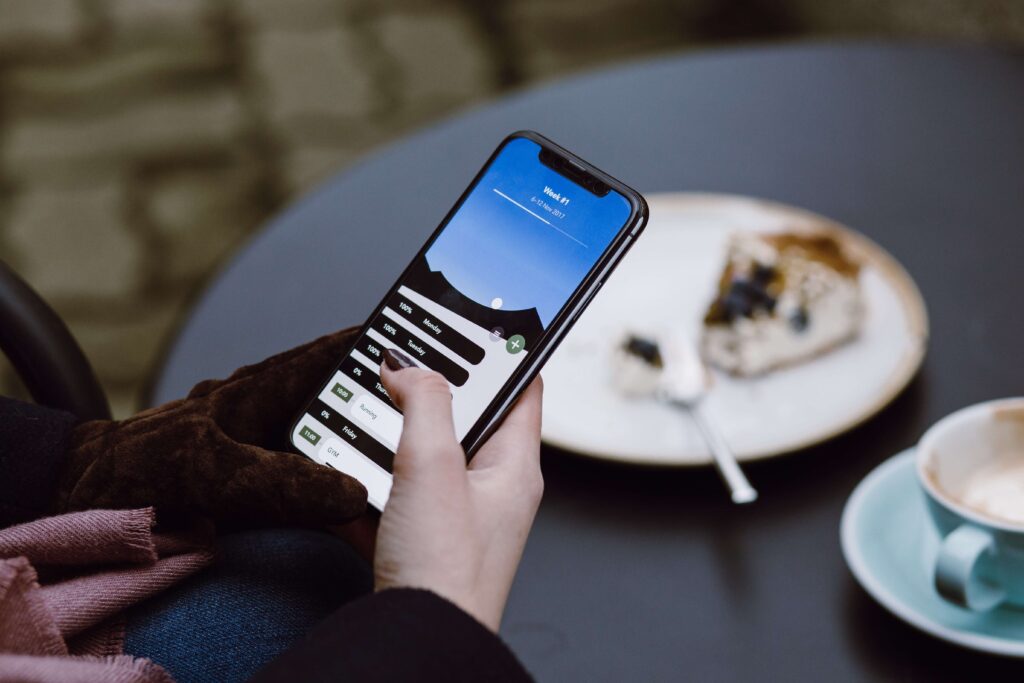Millimeter wave (mmWave) frequencies, which are largely untapped, will be able to help meet the increasing demand for high-quality connectivity. Frequency bands above 24 GHz have the potential to deliver immense capacity, ultra-high output, and ultra-low latency. Millimeter wave for 5G will enable us to make use of the 5G’s full potential. It is a fundamental building block of an efficient 5G system.
Keep reading to learn more about millimeter wave, how millimeter wave for 5G is improving communication, and how SAR testing requirements affect this technology.
What is Millimeter Wave?
The International Telecommunication Union designates the band of radio frequencies in the electromagnetic spectrum from 30 to 300 GHz as extremely high frequency (EHF), or millimeter wave. These radio waves are given the name “millimeter” because they have wavelengths ranging from 10 to 1 millimeter. Because of this, it is also known as the millimeter band.
Frequencies near the bottom of this band are now used in 5G networks. This is used for many services on mobile and wireless networks because of their ability to enable higher data rates for Wi-Fi and cellular networks.
mmWave & SAR Testing
Although millimeter wave technology has been around for over 50 years, testing only began fairly recently. Testing is especially important as this technology has become more consumer-oriented. Manufacturers will have to figure out how mmWave devices will be manufactured, packaged, and tested.
This is further complicated by millimeter wave for 5G and its variety of applications, such as automotive uses, multi-mode and multi-band technologies, antennas, and more. All of these different devices and applications have different testing requirements.
In some devices, the transceiver will need to be tested along with the antennas, while for other devices, only the antennas will need to be tested. Ultimately, transceivers, antennas, the device package, the speed, and the integrity of the signal may need to be tested. This further complicates SAR testing requirements for these devices.


Millimeter Wave for 5G
Millimeter wave for 5G can be used to immediately improve user experience and network efficiency. This spectrum has significant bandwidth that can considerably expand network capacity and provide broad support for multi-Gbps speeds. This technology can also efficiently address rapidly increasing mobile data consumption, which is expected to increase by 4.5 times between now and 2026. This is what makes it possible to meet new and emerging uses for mobile data, like cloud gaming. In addition to this, crowded areas and hotspots with many smartphone users benefit from the high network capacity made possible by millimeter wave for 5G, such as stadiums, festivals, or other large events.
An important part of the 5G system involves the use of a combination of radio frequencies in order to provide high-speed data services. The combination of the frequencies is made up of 5G low bands, 5G mid bands, and 5G high bands. These high bands are mmWave and found in the range of 24 GHz to 40 GHz. This band provides large quantities of spectrum and capacity over the shortest distances. Millimeter wave also uses massive MIMO to increase capacity and broaden coverage. This band also includes wide spectrum segments available for 5G in addition to lower latencies.
5G makes it possible to appropriate high bands above 24GHz for telecom infrastructure. Spectrum allocations for mmWave are also very wide, involving 800 MHz or more per service provider and band. This allows for high-capacity delivery and better handling of peak rates.
Millimeter Wave Device Testing at RF Exposure Lab
At RF Exposure Lab, we’re always working to stay up to date on the latest developments in SAR testing and regulations so that you don’t have to. That’s why we have millimeter wave device testing equipment arriving at our lab in early December. Meeting the needs of our clients as technology advances and changes is important to us.
In addition to this, we are always communicative and transparent throughout the SAR testing process to keep you updated on your product’s testing. We offer SAR testing services for a variety of wireless devices including cell phones, laptops and tablets, medical products, survey equipment, wireless modems, and more.
If you’re looking for SAR testing help that is provided with expertise, speed, accuracy, and integrity, contact us to get a quote for our services.
